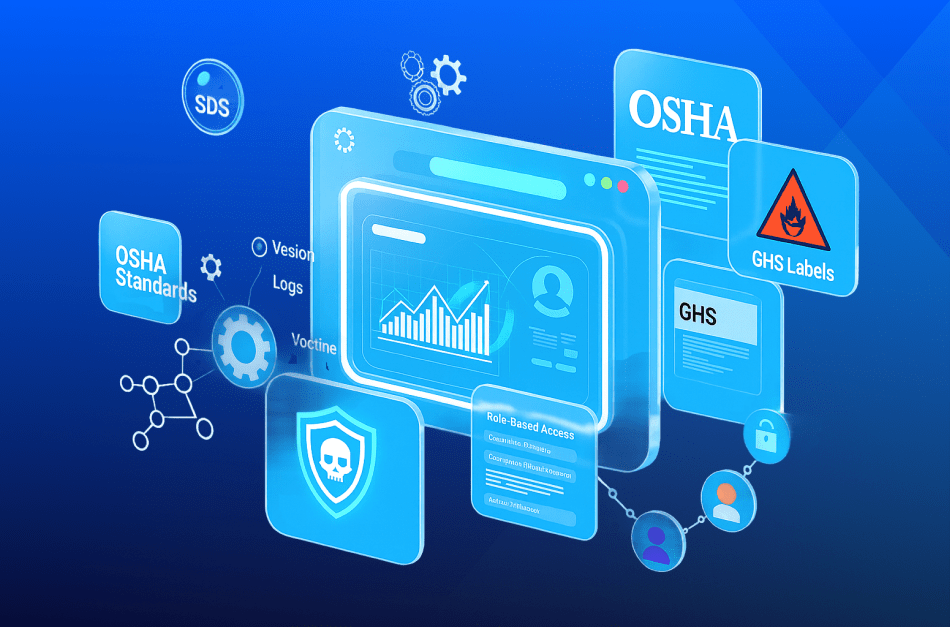Introduction
Members of your U.S. sales team schedule an online meeting with their European counterparts, the video and audio conferencing is run through Microsoft Teams. All of your employees, from the chairman of the board to the people in the mailroom, have an email account they access through Microsoft Outlook. Your accounting department ensures everything it does is backed up on the cloud using Microsoft OneDrive. Nearly everyone in the office uses Microsoft Office 365 for everything from writing memos to generating invoices and keeping track of inventory.
What do all of these actions involving distributed computing have in common? Teams, Outlook and OneDrive and the corporate versions of Office are just a few of Microsoft’s many office programs that run on top of Microsoft Azure.
“Azure is the cloud platform that underpins all of Microsoft’s cloud services, including Microsoft Teams. Our workloads run in Azure virtual machines (VMs), with our older services being deployed through Azure Cloud Services and our newer ones on Azure Service Fabric,” ZDNet quoted Microsoft as reporting on its own blog in early 2021.
Whether you know it or not, the odds are your small to medium-sized business is using Azure, even if you have no idea what it does.
What is Microsoft Azure?
“The Azure cloud platform is more than 200 products and cloud services designed to help you bring new solutions to life—to solve today’s challenges and create the future. Build, run and manage applications across multiple clouds, on-premises and at the edge with the tools and frameworks of your choice,” according to Microsoft.
Azure is the foundational program Microsoft uses for all of its cloud computing offerings. To put Azure in perspective, consider a table. It has four legs and a top. You could not put anything on the table without the four legs, which are the core hardware components of computer processor, memory, motherboard and power supply. Just having four legs alone would be worthless without a top, which in this case is Azure’s function: it serves as the underpinning of your other programs. The tools you use, like Microsoft Dynamics 365, Teams and Microsoft Office don’t run in a vacuum: they’re all supported by Azure.
Azure provides three primary services:
- Software as a service (SaaS), which is subscription based
- Platform as a Service (PaaS), which lets customers run, develop and manage applications
- Infrastructure as a Service (IaaS), which are online services
Considered a hybrid cloud product, “Azure is the only consistent hybrid cloud, delivers unparalleled developer productivity, provides comprehensive, multi-layer security, including the largest compliance coverage of any cloud provider,” while also being less expensive than Amazon Web Services, Microsoft states. AWS is Azure’s main cloud computing competitor.
One report showed 234,731 companies using Azure from 2015 to July 11, 2018. It was ranked third out of 81 competing cloud platform and service products used by nearly 2 million companies. Two offerings from Amazon lead the list. Products from Google and Rackspace complete the top five.
What Is Azure’s Best Feature?
The reason why 95 percent of Fortune 500 companies rely on Microsoft Azure is security.
“Everything sent within the Azure environment is automatically encrypted. The Azure network has automatic detection to prevent distributed denial-of-service (DDoS) attacks, similar to some of the largest services on the Internet, such as Xbox and Microsoft’s Office 365,” Cloud Business states.
Figure: 1Organizations compromised by cyber attacks
In fact, according to Cloud Business; Microsoft invests $1 billion every year into security, which includes protecting Azure. In terms of security features that Azure uses to protect Microsoft’s many clients, including:
- Automatic encryption, hiding everything that goes through it from prying eyes.
- Automatic smart traffic monitoring and profiling that detect and deflect threats that look out of the ordinary. This approach helps reduce risks caused security threats that broke through external systems.
- Smart access control, which routes management (i.e., administrator) accounts over separate networks from most employees. Azure lets managers control and restrict down to the individual document level, further protecting your secrets.
- Regular hardware and firmware code revisions, which helps protect against threats before software is loaded and active.
- Providing access to Azure through an encrypted virtual private network (VPN) regardless of where a customer is located. People in Milwaukee and Mumbai access Azure through a VPN.
- Special computing environments known as Trusted Execution Environments or TEEs, which ensure that no matter where encrypted is—stored, in transit or inactive—is safe.
Microsoft also has 3,500+ cyber security experts on staff. Of that, 200 focus on finding weaknesses in Azure. The resulting information then becomes part of Azure’s operational security procedures.
Book a Azure demo and secure your data from cyber assaults.
Is Azure’s Infrastructure Secure?
If Microsoft trusts Azure’s security, your company should, also. In a series of four blog posts by Azure Security’s Director of Program Management, Avi Ben-Menahem, he provides three reasons why Azure’s infrastructure can securely keep their customer’s data safe.
- 1.A secure network infrastructure. “Management (Microsoft-managed) networks and customer networks are isolated in Azure to improve performance and ensure the traffic moving through the platform is secure,” Ben-Menahem wrote. The system is designed to help keep unauthorized people off a customer’s network. Microsoft manages an essential part of network cabling, the equipment to support and secure the network, and the integration of systems used to monitor the network.
- 2.Integrated security controls in Azure’s hardware and firmware. This ensures Azure is secure by default throughout its lifetime. Hardware security is enhanced by Project Cerberus, which is a chip containing a CPU, memory and programmable input/out that protects against unauthorized access and malicious updates.
- 3.Regular competition between Red an Blue teams of cybersecurity experts. Red team members try to compromise Azure’s infrastructure while the Blue team attempts to stop it. “At the end of each red and blue team exercise, the overall team codifies what they’ve learned into the Azure operational security process, so the team becomes more effective at continuous detection and response,” Ben-Menahem explained.
“Microsoft’s scale of investments across infrastructure, hardware and experts are unparalleled. Microsoft provides a secure infrastructure for our datacenters, composed of segregated networks, well-maintained hardware and firmware, and industry-leading operational security processes so that you can have more resources available to deliver business value,” he concluded.
Data is seamlessly altered into a stream of meaningless numbers when encrypted and then decoded into everything from words and numbers to videos, all without human interaction.
Final Thoughts
Today, businesses of any size need to give serious thought to adopting Azure as their cloud computing platform of choice if they haven’t already.
Azure’s focus on security means you don’t have to worry that some external group is going to use a distributed denial of service (DDoS) attack to damage or steal your intellectual property.
Constant, ongoing efforts by over 3,000 cyber security professionals as well as Microsoft’s ongoing effort to improve their products means your data is safe, not just today, but well into the future.









